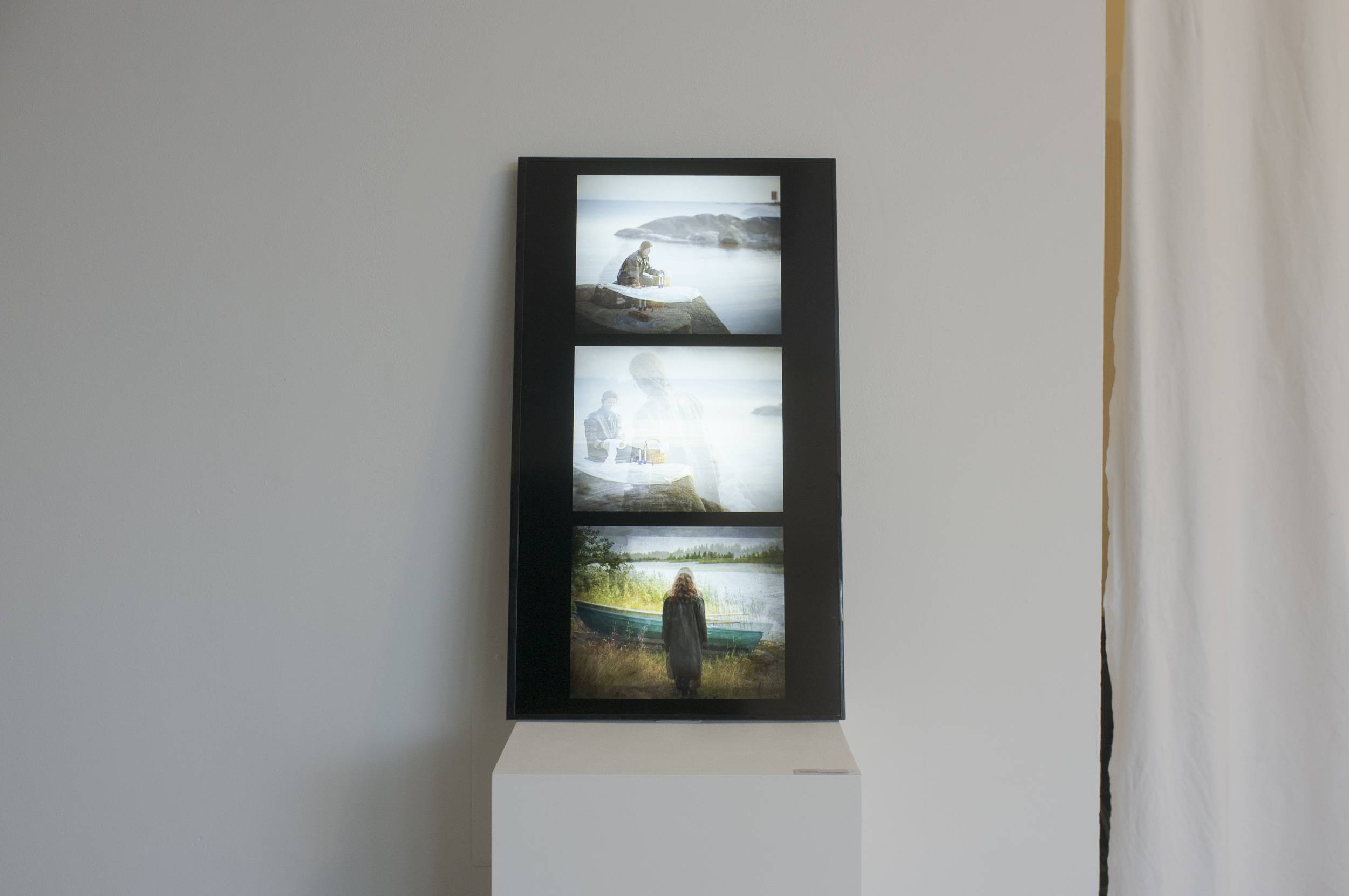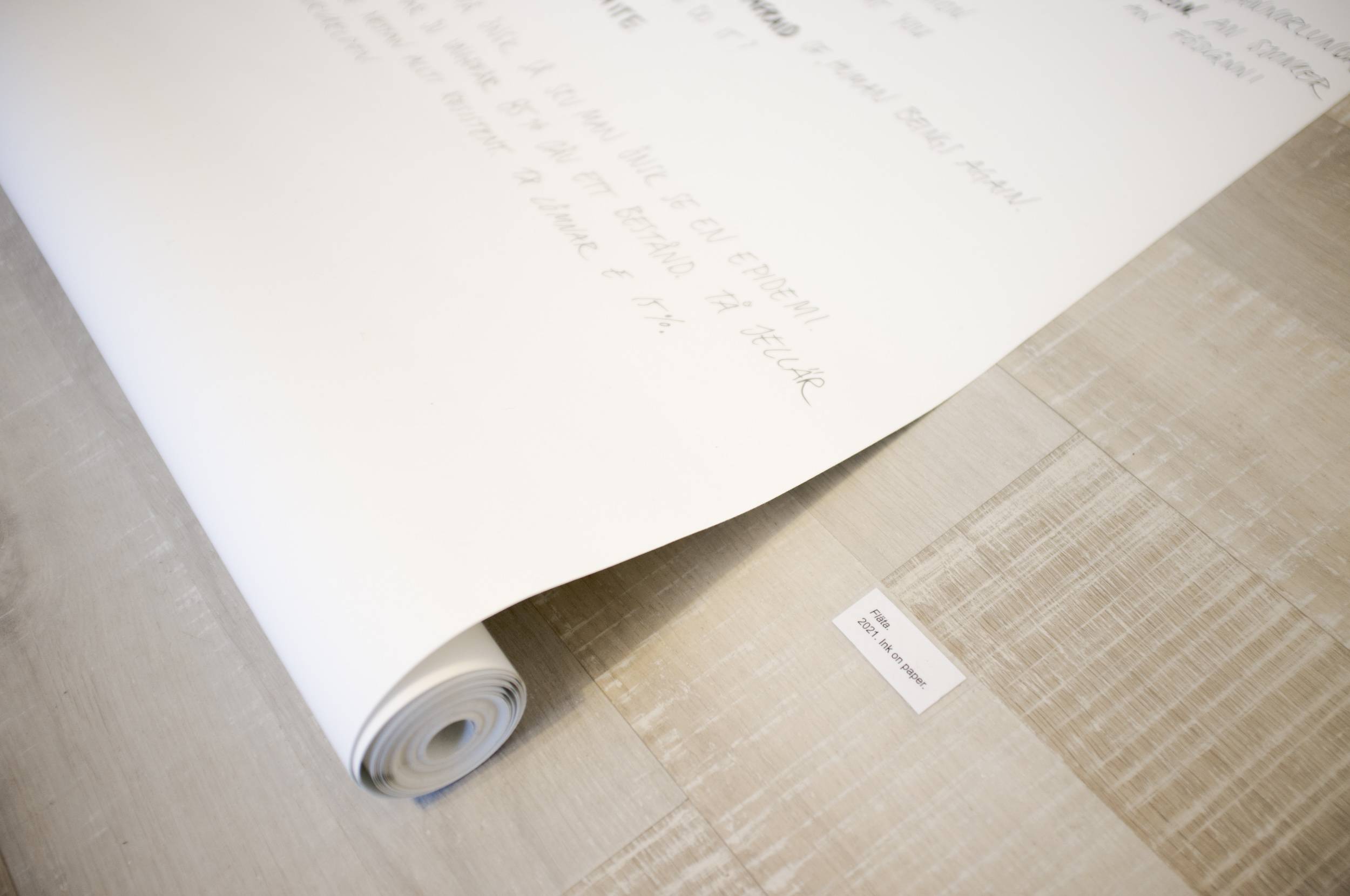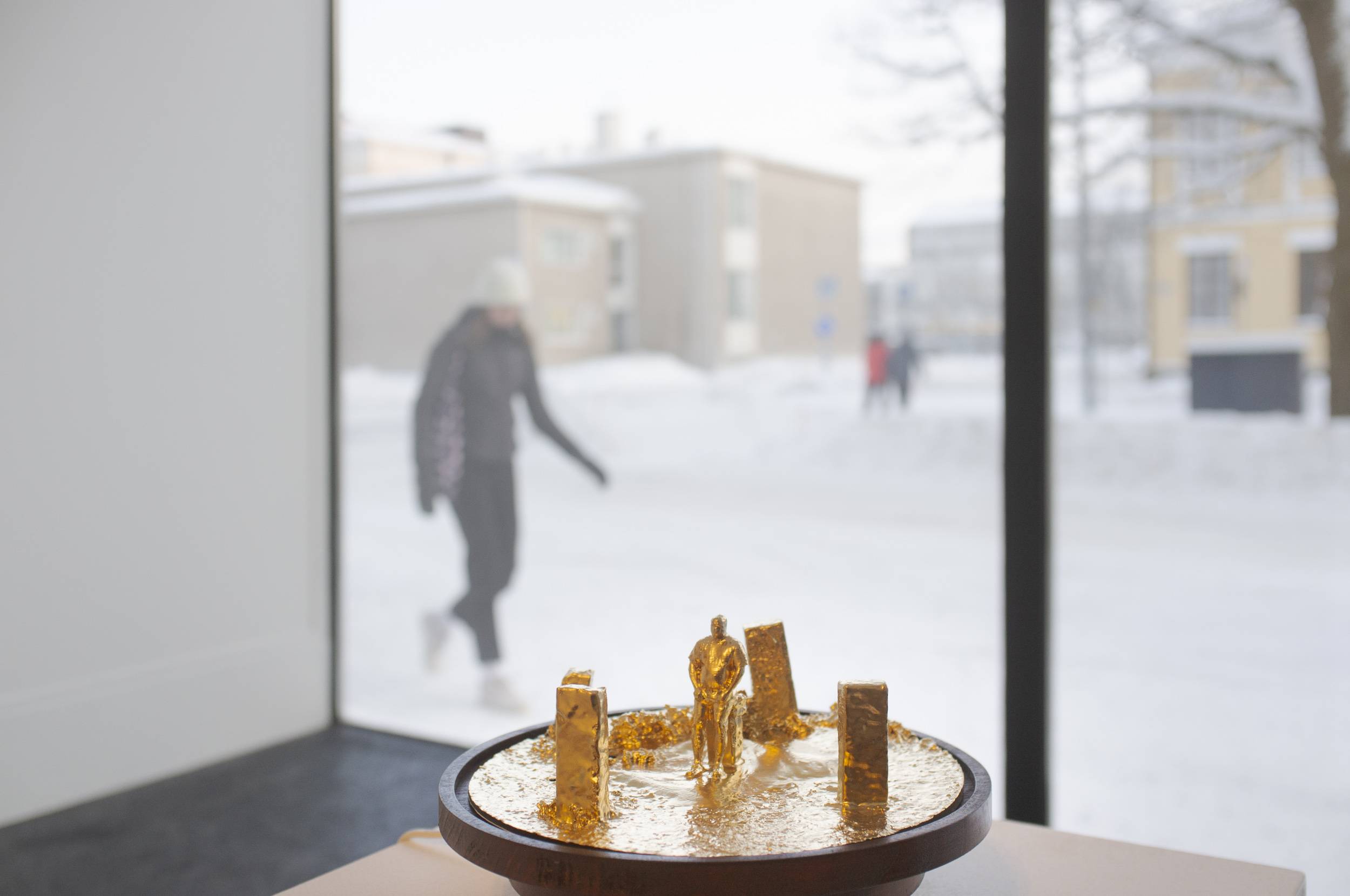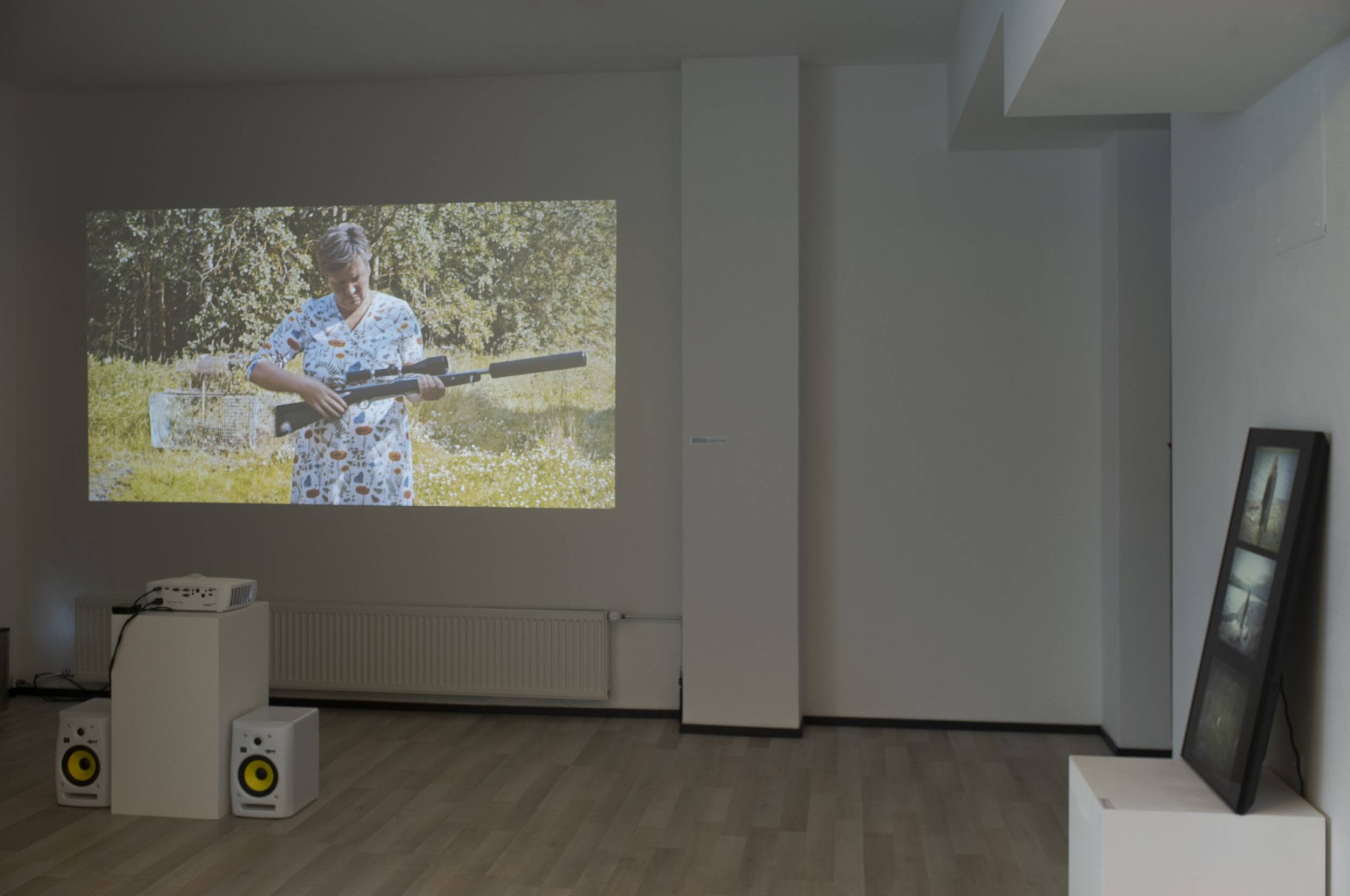Stjöit Sjielin / Fix The Seal
A collaboration with Elisa Makarevitch
The research-based collaborative project Stjöit sjielin - Fix the seal builds on gaps of information through past and present relationships between the seals and the Ostrobothnian society - in which the dialectal Swedish word sjiel (soul) previously stood for seal.
A large varied body of traditions ascribes human traits to the seal, making the seemingly adorable half fish, half dog a target for many myths and folk beliefs. Some communities believe that seals can leave their animal form by discarding their skin and assuming human shape. In contrast, ancient folk tales across the Mediterranean and Europe mention seals as the revenants of Pharaoh’s punished soldiers who were drowned by God in the Red Sea. When interviewed around the 1940s, Southern Ostrobothnian fishermen testified that some could still hear the seals call "Phar- raooo”. According to these accounts the seals are waiting for the Armageddon, in which God will break the spell, their sin will be redeemed, and they will transform back into humans.
Nowadays the seals seem as a fierce rival in the conflict about fishing territory. Finnish fishermen claim that the EU has let the grey seal population overgrow, leading to a situation in which seals destroy fishing equipment and greedily eat all the fish. On the other hand, researchers at the Natural Resources Institute in Finland state that the seal population has remained at a relatively stable level - the seals might just have become better at stealing fish from the fishermen.
Through interviews, recorded and live performances Stjöit sjielin - Fix the seal aims to mediate in the conflict between humans and seals. Since the seal is believed to possess magic traits, we use the old Ostrobothnian spell-based rituals, called Omlagning, as a tool to make the bad good again for both humans and animals.
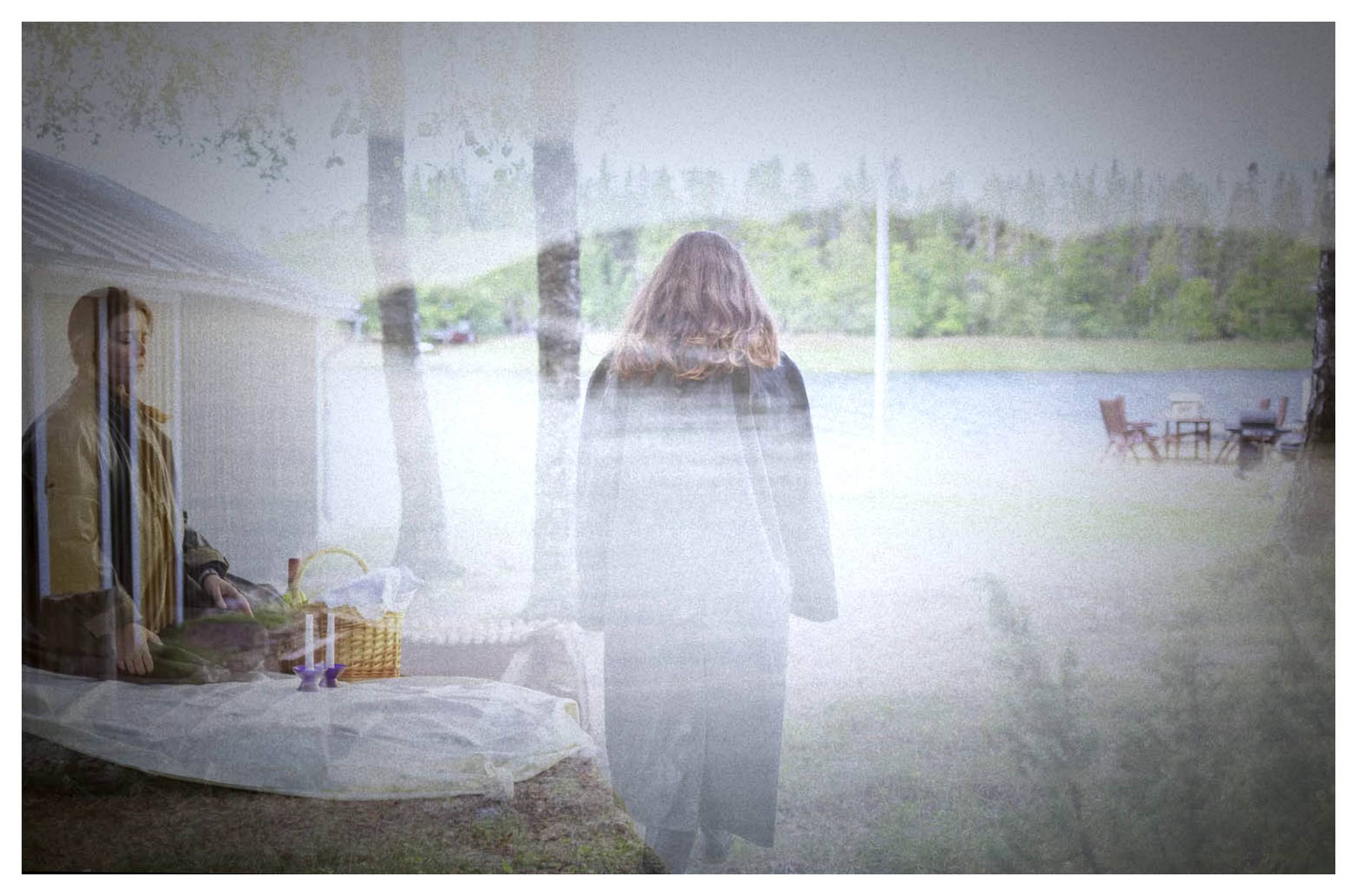
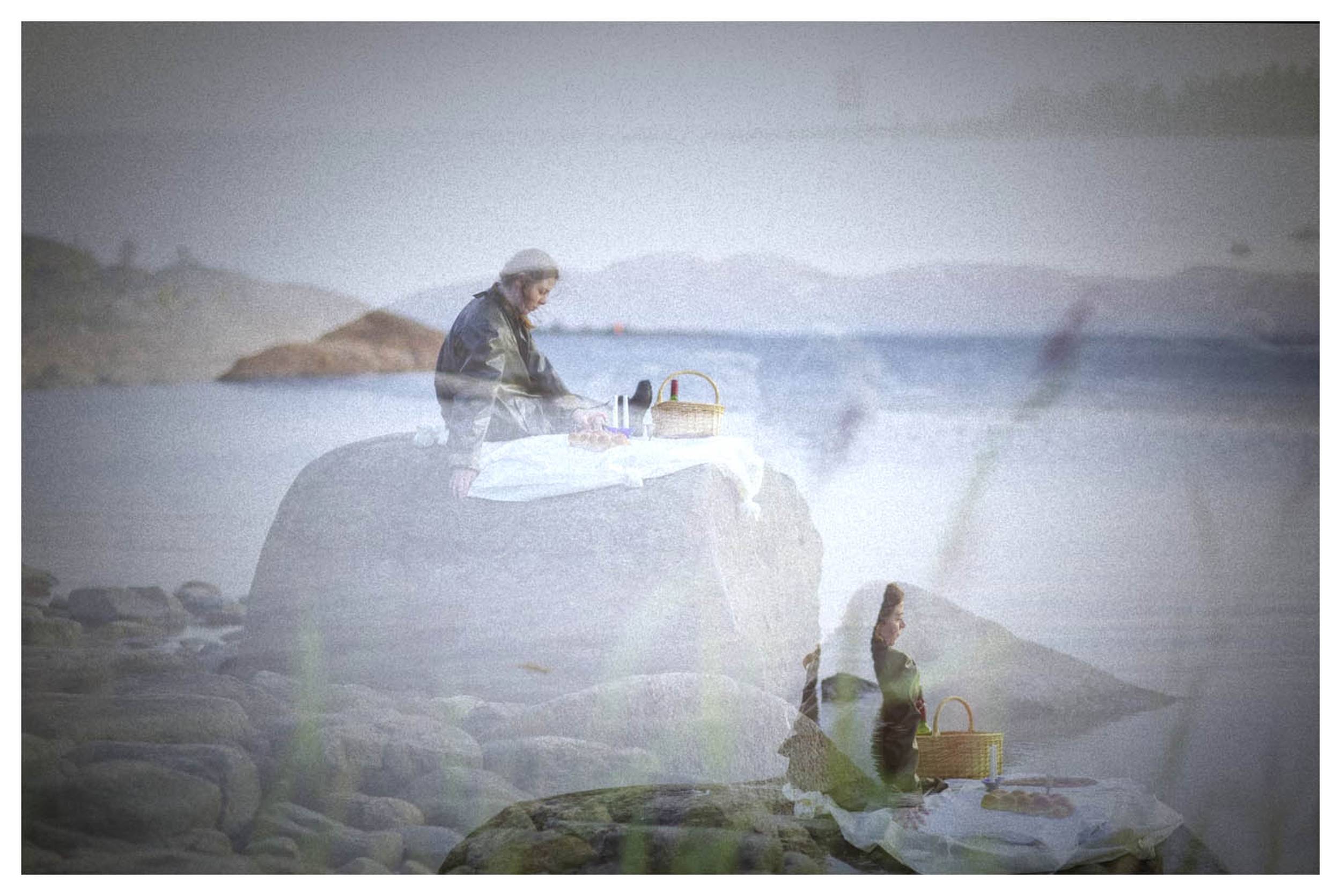
Fix the seal @ Blackbox Genesis 2/2021 - Installation view

